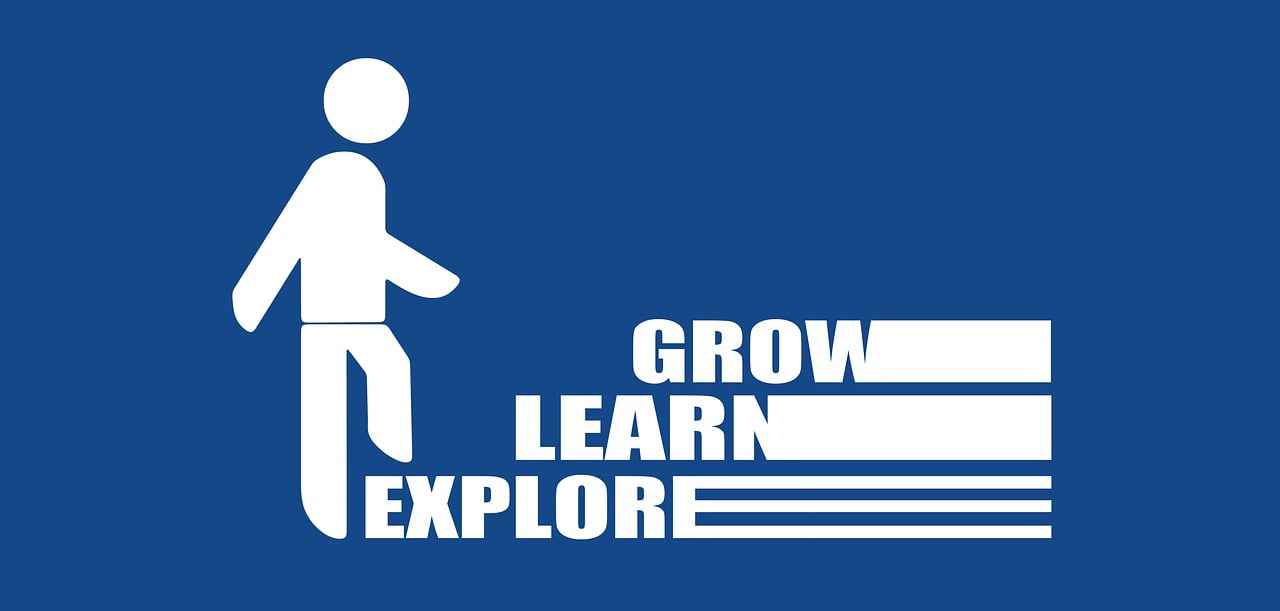Getting an MBA today comes with a sky-high price tag that I, as an MBA graduate from UC Berkeley, find hard to justify. With annual tuition fees crossing the $65,000 mark, the total cost easily reaches over $100,000 a year when you factor in living expenses. This doesn’t even account for the lost income during the two years most full-time MBA programs take—potentially up to $300,000. For most, this isn’t a viable option unless you’re already financially secure, looking for a significant career change, or can somehow offset the costs through company sponsorship or scholarships.
However, there’s a smarter way to pursue an MBA. When I attended Berkeley Haas, my tuition was about $28,000 a year, which was still steep. Opting for the part-time program allowed me to have my tuition fully covered by my employer, provided I stayed with the company for two years post-graduation. This arrangement not only relieved the financial burden but also allowed me to continue gaining valuable work experience.
In business school, I didn’t just learn about income statements or real estate transactions; I gained significant confidence from my increased knowledge, a crucial asset in the finance industry. Despite these benefits, MBA programs are facing declining enrollments, possibly due to the exorbitant costs and the tough economic scenarios prospective students face.
Given the astronomical costs, one must consider whether the traditional full-time MBA route is worth it. If you’re contemplating an MBA, first see if your employer might cover the tuition. This could be part of a tuition reimbursement program, which turns the MBA into a mutual investment that benefits both you and your employer.
If self-funding is your only option, remember to research possible tax deductions for educational expenses which could alleviate some of the financial burdens. However, always compare the potential debt or financial strain against the realistic career benefits post-graduation.
So, despite the high costs, I have no regrets about pursuing my MBA. The degree opened up new doors and built lasting skills that have proved invaluable throughout my career. But the landscape of education, especially business education, is changing. It’s crucial to weigh the costs against the potential return on investment carefully, and consider more financially sustainable paths like part-time programs or employer-sponsored opportunities.











































